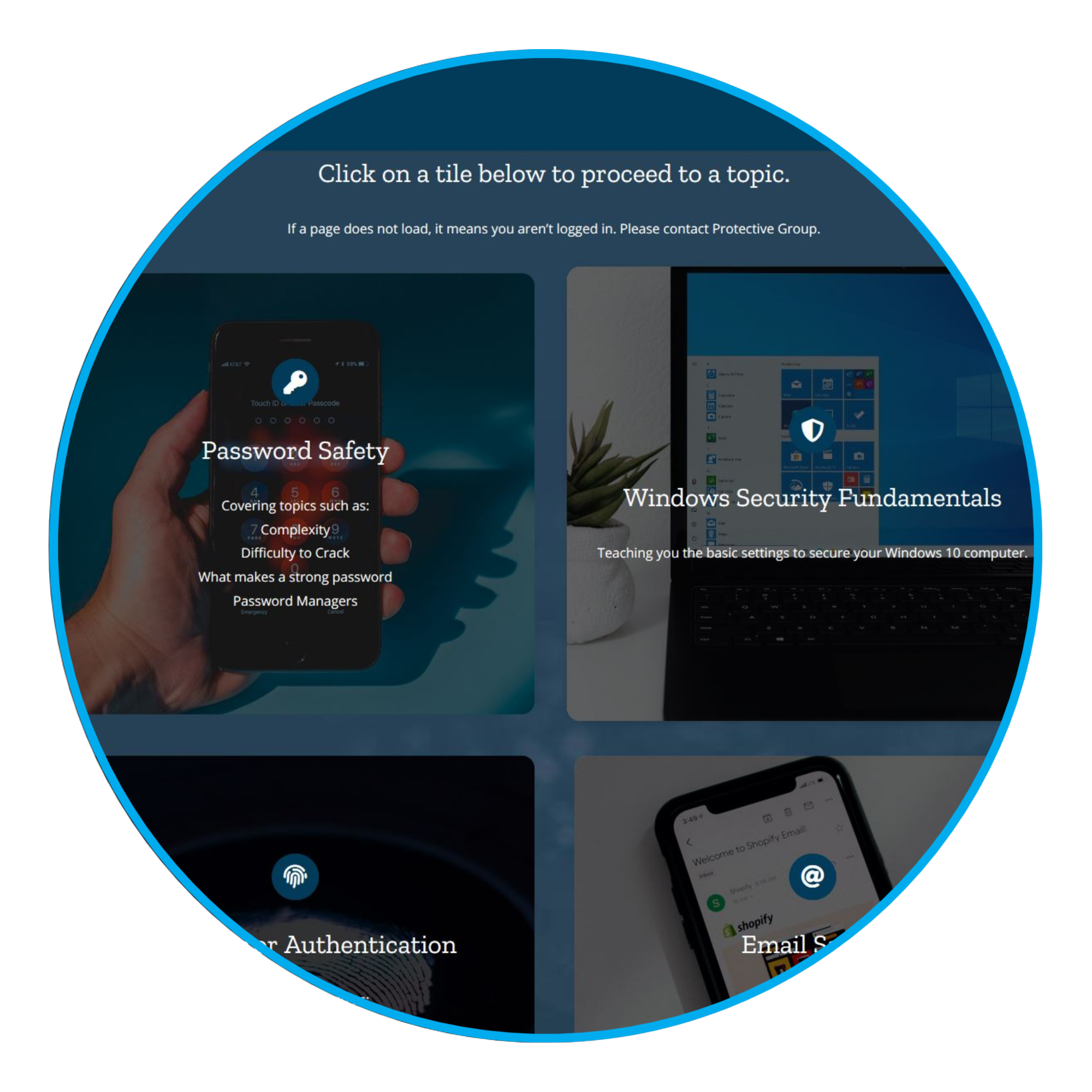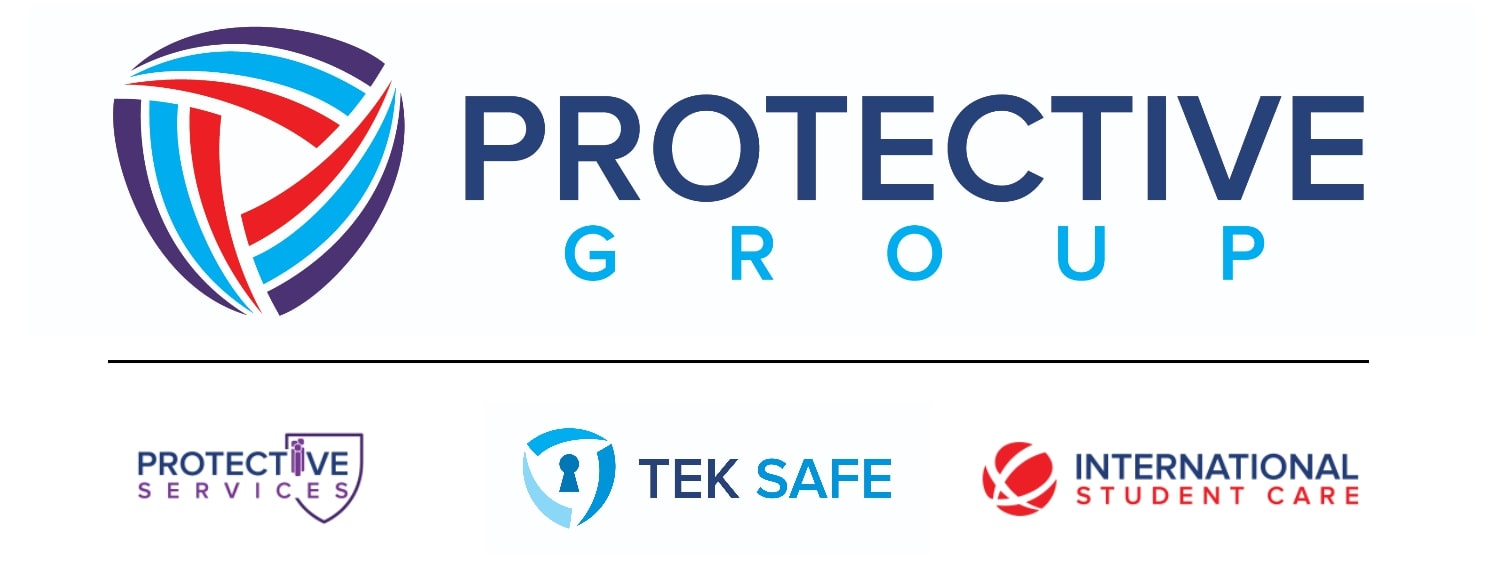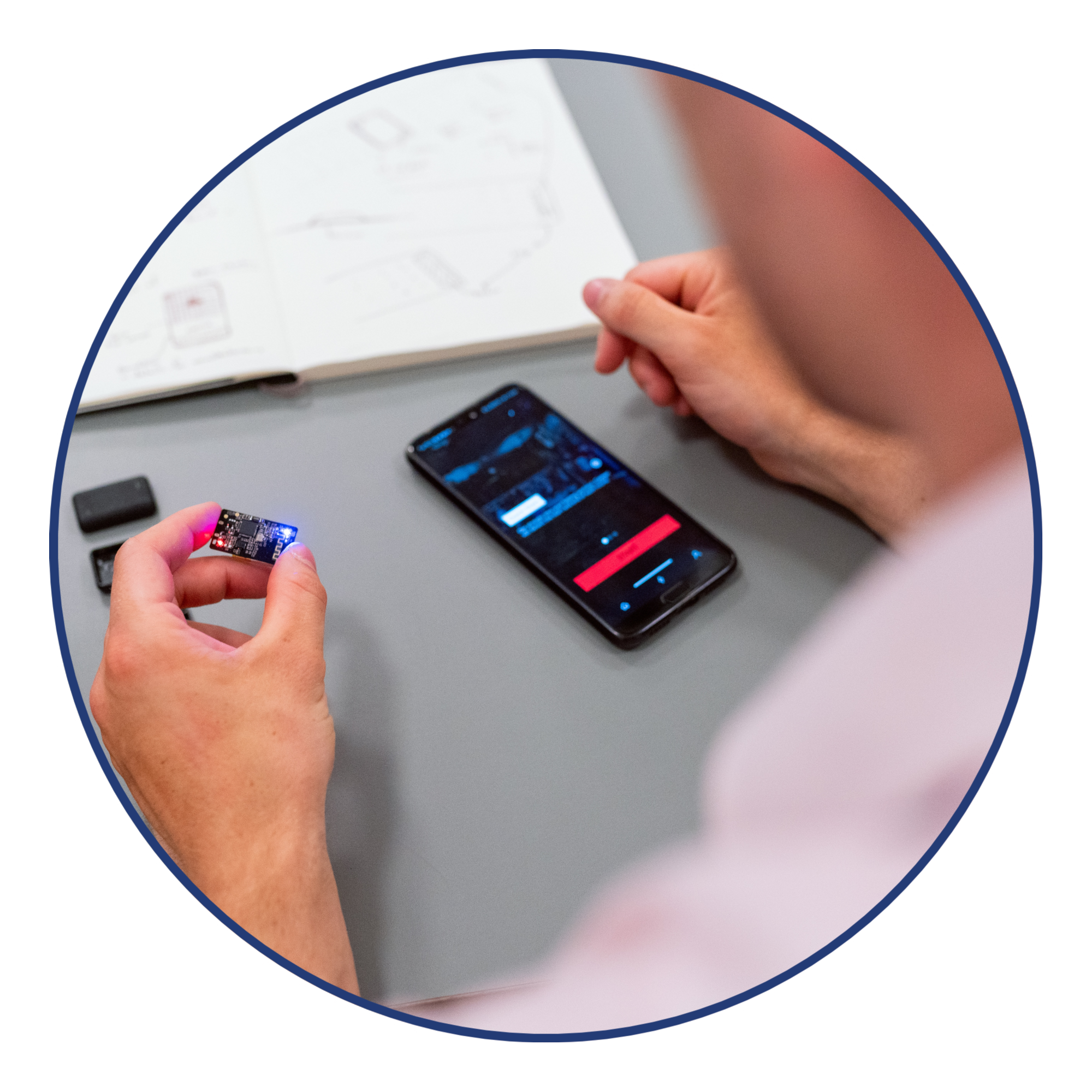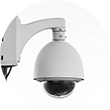
Coercive Control
Coercive Control and Coercive Behaviour is designed to make a person dependent by isolating them from support, exploiting them, depriving them of independence and regulating their everyday behaviour.
Not all domestic violence and domestic abuse is physical violence such as verbal abuse and being emotionally abused. Some types of abuse can be hard to recognise. In fact, some people can live in an abusive relationship for years and not realise they’re experiencing abuse. Coercive control is a type of domestic abuse that can be harder to identify than some other types of abuse. It refers to a pattern of behaviours used by an abuser to control their partner and create an uneven power dynamic this generally involves manipulation and intimidation to make victims scared, isolated, and dependent on the abuser.
Signs of coercive control and coercive behaviours can be found below including Gaslighting and Coercion.
You may have heard Coercive Behaviour, Coercive Control Australia, Gaslighting and Intimate Partner Violence in the news and media a lot recently. This is because there has been a push to make coercive control illegal under reforms to domestic violence laws across Australia, most recently bought back into the spotlight by the Australian Attorney General.
Is Coercive control illegal in Australia and is Gaslighting illegal in Australia?- Currently Tasmania is the only Australian jurisdiction that has laws directly addressing coercively controlling behaviours. Various domestic violence victim survivors, coercive control support groups, counselling services and women aid organisations globally are also raising awareness of criminalising coercive control and coercive behaviour.
12 major signs of Coercive Control
Here’s a look at 12 major signs of coercive control, along with some resources that can help you get out of a bad situation.
1. Isolating you from your support system | Coercive Control
A controlling partner will try to cut you off from friends and family or limit contact with them so you don’t receive the support you need.
Here are a few ways they do this:
- suggesting shared phone and social media accounts for convenience
- moving you far away from your family so that it’s hard to visit them
- fabricating lies about you to others
- monitoring all your phone calls with your family and cutting the line off if anyone tries to intervene
- convincing you that your family hates you and doesn’t want to talk to you
2. Monitoring your activity throughout the day | Coercive Control
The act of monitoring, tracking and harassment through technology devices can magnify a victim’s sense of imprisonment and isolation within a relationship, previous relationship or everyday life. Tech abuse makes victims feel as though their perpetrators are omnipresent in their lives and that there’s no escape – even after a relationship has ended.
3. Denying you freedom and autonomy | Coercive Control
Someone exerting coercive control might try to control your freedom of movement and independence.
Some methods include:
- not allowing you to go to work or school
- restricting your access to transportation
- stalking your every move when you’re out
- taking your phone and changing all your passwords
4. Gaslighting | Coercive Control
The term Gaslighting is a form of psychological abuse where a person or group makes someone question their sanity, perception of reality, or memories. People experiencing gaslighting often feel confused, anxious, and unable to trust themselves.
We are often asked is gaslighting illegal in Australia or is gaslighting a crime in Australia – you can learn more here.
Learn more about Gaslighting.
5. Name-calling | Coercive Control
Malicious put-downs, name-calling, and frequent criticisms are all forms of bullying behavior.
6. Limiting your access to money | Coercive Control
Controlling finances is a way of restricting your freedom and ability to leave the relationship.
Some ways they’ll try to exert financial control include:
- placing you on a strict budget that barely covers the essentials, such as food or clothes
- limiting your access to bank accounts.
- hiding financial resources
- preventing you from having a credit card
- rigorously monitoring what you spend
7. Reinforcing traditional gender roles | Coercive Control
Regardless of the type of relationship you have, your partner may try to make a distinction between who functions as the man and the woman in the relationship.
They’ll attempt to justify that women are homemakers and mothers, while men are the breadwinners. Using this argument, they may coerce you into taking care of all the cleaning, cooking, and childcare.
8. Turning your kids against you | Coercive Control
If you have children, either with the abuser or someone else, they may try to weaponize the children against you by telling them you’re a bad parent or belittling you in front of them.
This attitude can create a rift in the relationship between you and your kids, and may make you feel powerless.
9. Controlling aspects of your health & body | Coercive Control
They’ll monitor and control how much you eat, sleep, or time you spend in the bathroom.
Your abuser may require you to count calories after every meal or adhere to a strict exercise regimen. They may also control which medications you’re allowed to take and whether you go for medical care or not.
10. Making jealous accusations | Coercive Control
Jealously complaining about the amount of time you spend with your family and friends, both on and offline, is a way for them to phase out and minimize your contact with the outside world.
They might also do this in an effort to make you feel guilty.
11. Regulating your sexual relationship | Coercive Control
Abusers might make demands about the amount of times you have sex each week and the kinds of activities you perform. They may also demand to take sexual pictures or videos of you or refuse to wear a condom.
12. Threatening your children or pets | Coercive Control
If physical, emotional, or financial threats don’t work as desired, your abuser may try to use threats against others in an attempt to control you. For example, your kids or pets may be at risk.
This can look like:
- making violent threats against them
- threatening to call social services and say you’re neglecting or abusing your children when you aren’t
- intimidating you by threatening to make important decisions about your kids without your consent
- threatening to kidnap your children or get rid of your pet
Breaking free from Coercive Control.
Coercive control is a pernicious form of domestic violence that entraps you in a hostage-like situation. Regardless of the history with your abuser, even if it included some happy moments, you don’t deserve this treatment.
Getting out of an abusive relationship can be complex, even more so when children are involved. But with a bit of planning, you can make a safe exit from the situation.
Here’s what you can do:
- Maintain communication with your support systems whenever possible. You should also make sure family and friends have all of your contact information and check in on a regular basis.
- Call a domestic violence hotline regularly. Keep track of where your nearest public phone is and periodically weigh your options with a professional.
- Practice how to get out safely, and practice often. If you have kids, teach your kids to identify a safe place, such as a friend’s house or the library, where they can go to for help and how to call the police.
- Have a safety plan. “When deciding to leave, victims should have a plan regarding where to go and who to stay with,” Patrick adds, “recognizing that the initial period of separation might be the most dangerous in terms of an abuser attempting to reconcile — through both legal and illegal conduct.”
Coercive Control – From the field
“With the onset of COVID-19, we have seen a triple-digit increase in our Coercive control services particularly with women safety. The ease of purchasing trackers and spyware software from retailers and Online is driving an increase in the use of smart technology. We are increasingly seeing perpetrators being creative in how they track and control their victims particularly in family law matters”
“The ease of purchasing trackers and spyware software from retailers and Online is driving an increase in the use of smart technology.”
“We need to adapt to the ever-changing landscape, our field assessment team are meeting daily to share their experiences to ensure we are not only disrupting Coercive control but eliminating it.”
Stephen Wilson
CEO at Protective Group
View our Coercive control media articles and See What You Made Me Do.
COVID-19 and Coercive control
A recent report by The Australian Institute of Criminology conducted on awareness of coercive control within the context of abusive intimate relationships.
This study examined the characteristics of violence and abuse reported by 1,023 Australian women who had recently experienced coercive control by their current or former partner. The most frequently reported behaviours were jealousy and suspicion of friends, constant insults, monitoring of movements and financial abuse.
“The most common behaviours reported by women experiencing coercive control included jealousy, interfering with their friendships, as well as monitoring their movements, insulting and belittling them and financial abuse. However, many women also experienced physical and/or sexual violence during this period,” said Mr Morgan.
Among women who experienced coercive control, many reported very severe forms of violence. For example, 27 per cent reported non-fatal strangulation, and 23 per cent said they had been assaulted with a weapon.
AIC Research Manager and co-author Hayley Boxall said that this study found that women who had experienced coercive control were unlikely to seek help from formal or informal sources if they had not also experienced physical/sexual forms of abuse.”
Continue reading the report on Experiences of coercive control among Australian women.
Services we offer at Protective Group to disrupt Coercive control
We not only eliminate the immediate threat of Technology Abuse, we also through education prevent the future chances of it returning.
Through our group of brands we offer a professional, specialist service for people experiencing Technology Abuse with a particular focus for individuals experiencing Domestic and Family Violence abuse via technology.
Our Technology Abuse services are focused upon disrupting the abuse, reducing further risk and optimising safety. We are able to provide you or your client with enhanced safety and peace of mind through an individualised service to assess technology abuse and the implementation of immediate interventions tailored to their circumstances.
We bring together years of first-hand experience to stop the abuse then educate the user through first hand experience of how to prevent becoming a victim in the future.
Key principles of our Technology Abuse services:
-Personalised advice and practical demonstrations provided for clients as to how they and their children can use technology safely without fear of further abuse
-An electronic sweep and methodical visual inspection of the client’s car and other possessions for tracking devices that may have been put in place by a perpetrator
-Where possible, immediate interventions to disrupt tracking by perpetrators, their access to the client’s personal information and accounts
-Where forensic IT assistance is required, we can organise this through a third party for an additional fee
-This service may be paired with additional measures to enhance client safety such as our wearable personal duress alarm, the Tek Safe watch*
We also offer Cyber Profiling and Private Investigators for individuals and organizations suffering from Coercive control.
*Additional charges apply.

Technical sweep of home and vehicles
If you feel that you are being stalked or a victim of malicious spyware, hidden cameras and other forms of illegal surveillance we can assist in detecting and removing these threats.

Remote Technology Assessments
We remotely remove any spyware, check social media settings, conduct an electronic sweep for tracking, listening, transmitting and recording devices and reset passwords and security questions.

On-site Technology Assessments
Appointments can be made at our National Support Office located in Melbourne or we can visit a location that suits you or your client. We assess all types of personal devices, major brands and operating platforms.

Online Educational Awareness
Our online training covers all aspects of awareness around Technology Abuse, how to secure your networks and devices and reduces risk and exposure to online predators and cyber bullies.






























